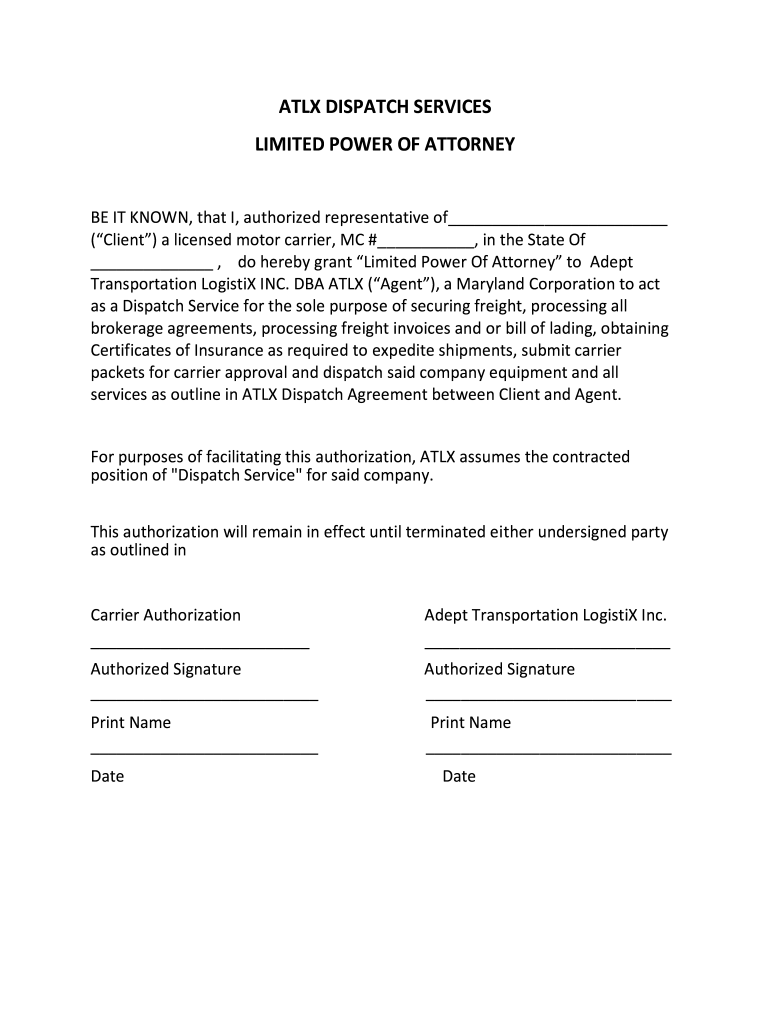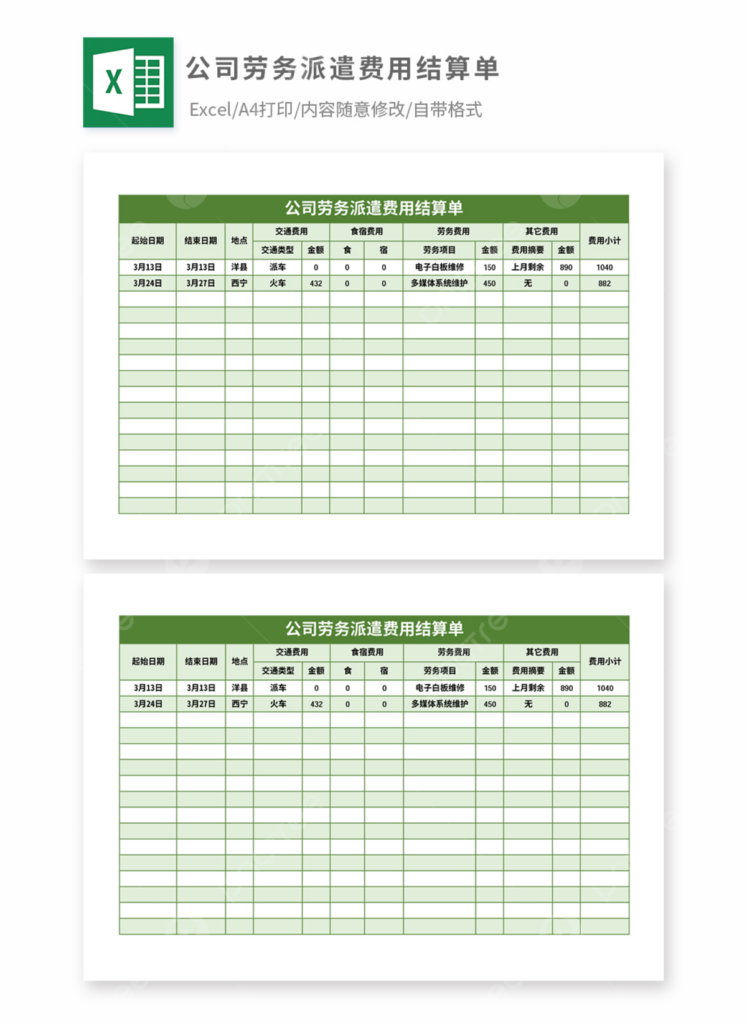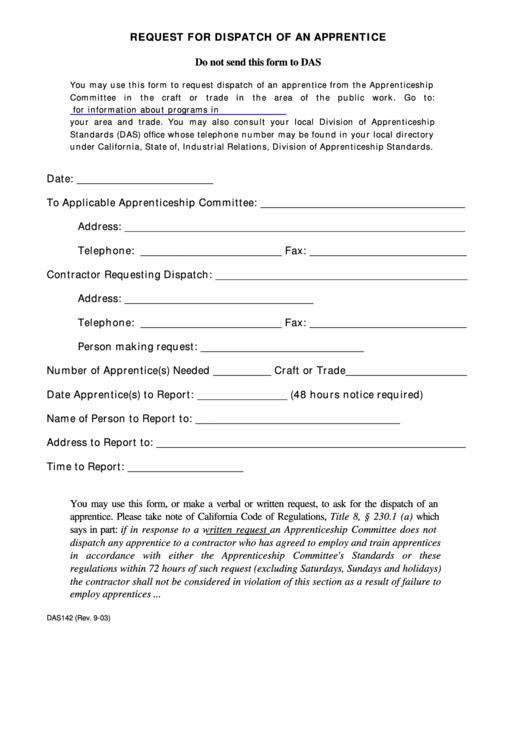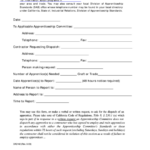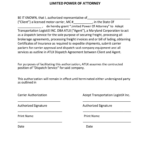Dispatch Authorization Form – A authorization form is a legally binding document that grants permission for a specific action, such as accessing personal information, medical treatment, or financial transactions. Create a concise and easy authorization form that ensures every person affected knows their rights and obligations.
Authorization Sheets are important to have
Forms of authorization are vital for protecting privacy and rights of individuals. They are designed to make sure that all parties have a common understanding and obtain the permission of those who grant authorization. By using a well-crafted authorization form, you can prevent legal disputes and ensure an easy process.
Data Protection and Legal legal
When creating the authorization form you must be sure to adhere to all applicable legal requirements, including data protection laws. Legal requirements may differ from one state to another, so you should consult with an attorney to ensure your form complies with all required requirements. A data protection program can help safeguard the confidentiality of all the parties that are involved.
Best Practices for Creating an Authorization Form
- Use concise and clear language: Make the authorization form easy to comprehend using straightforward and simple language.
- Please specify the purpose for which you are seeking authorization Be specific with regards to the reason for the authorization. Be careful not to use words that are too general.
- The scope of the authorization is limited: Define the scope and limitations of the authorization.
- Include a clause for revocation. Allow the grantor to withdraw the grant at any point in time.
- A signature request is required. Check that the form contains a space to allow the grantor’s signature as confirmation of their agreement.
Step-by-Step Guide to Designing an Authorization Form
- Start with the template
A template can help you save time, and will ensure the form contains all the necessary elements. Make use of a reliable source for authorization form template, like online legal resources or website templates for documents. Choose a specific template for the type of authorization that you need and then modify it according to your situation.
- Add a business or organization
The top of your form should include the name of your business as well as its address and any contact details. This will aid in identifying everyone involved and mark the form as an official document.
- State the clear and specific reason for authorizing
Determine the reason for the authorization. Define any specific actions that were taken or responsibilities assumed. If you’re filling out a form for a medical treatment authorisation be sure to specify the type of treatment, procedure or medication is being approved.
- Set the authorization timeframe
Set a date for the beginning and ending of the authorization, or an occasion that could trigger the authorization to expire. A clear timeline protects the grantor’s rights and prevents an open-ended authorization.
- Outline the scope and restrictions of authorization
The scope of the authorization, as well as any restrictions or limitations on the authorization’s actions. For example when the form is for financial transactions, indicate the maximum amount that could be transferred and the types of transactions permitted.
- Include a revocation clause
The grantee has the possibility of revocation of the authorization at any point by giving instructions regarding how to do it. This may involve submitting an email to the grantor, or making another revocation form.
- The collection of personal data from the grantor
The full name, address and the contact information of the individual issuing the authority must be sought. This confirms the authenticity of the grantor and provides a contact number with any questions or concerns.
- Provide a space for the grantor’s signature as well as the date
Include a space in which the grantee can sign and date the form in order to affirm their acceptance of the authorization. Make sure the signature area is easily identifiable and includes a statement that acknowledges the grantor’s understanding of the content of the form and their consent to the authorization.
- Include any witness required or notary sections
Incorporate the sections that require signatures of the person signing or providing information when your locality requires it. Contact a legal professional to determine if this action is required for the type of authorization you’re using.
Conclusion
To safeguard the rights and privacy for everyone involved, it’s essential to create a well-structured legal and legally-compliant authorization in English. This guide will assist you to develop a legal authorization form that is reliable and can stand up to scrutiny. Talk to your lawyer so that you can ensure your form meets any legal needs.
